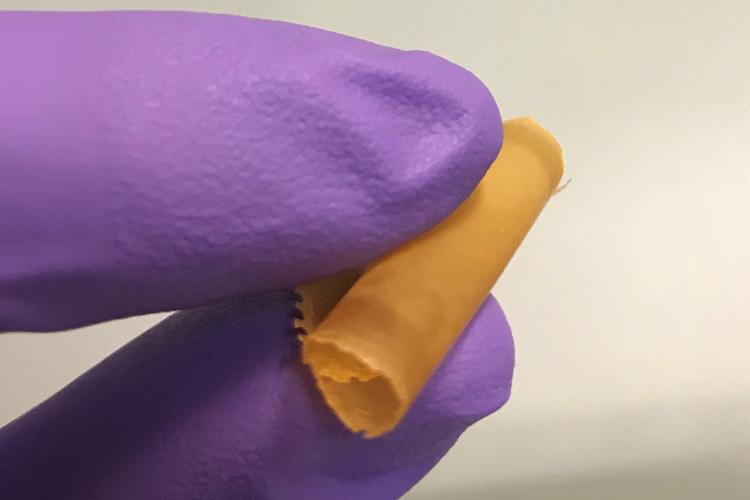Adapted from UC Berkeley news release by Robert Sanders
Desalination – the removal of salt – is only one step in the process of producing drinkable water, or water for agriculture or industry, from ocean water or wastewater. Either before or after the removal of salt, the water often has to be treated to remove boron, which is toxic to plants, and heavy metals like arsenic and mercury, which are toxic to humans. Often, the process leaves behind a toxic brine that can be difficult to dispose of.
Now, a UC Berkeley-led research team in collaboration with Berkeley Lab has discovered a way to simplify the removal of toxic metals, like mercury and boron, during desalination to produce clean water, while at the same time potentially capturing valuable metals, such as gold. The study was recently published in the journal Science.
The new technique, which can easily be added to current membrane-based electrodialysis desalination processes, removes nearly 100% of these toxic metals, producing a pure brine along with pure water and isolating the valuable metals for later use or disposal.
Lead author Adam Uliana, a UC Berkeley graduate student, and senior author Jeffrey Long – a faculty scientist in Berkeley Lab’s Materials Sciences Division and UC Berkeley chemistry professor, collaborated closely with Ngoc Bui, then a postdoctoral researcher in Berkeley Lab’s Molecular Foundry and now an Assistant Professor at the University of Oklahoma, and Jeff Urban, director of the Molecular Foundry’s Inorganic Nanostructures facility, to develop and implement the project.
“Virtually every element in the periodic table can be found in water, and being able to perform precise separations of critical elements is essential for achieving meaningful resource recovery,” said Urban, who along with Bui pioneered a water-remediation technology called ZIOS that captures copper from wastewater with unprecedented atomic precision. ”Performing remediation in concert with recovery would represent a huge step forward for water and energy technologies.”
This work was supported by the National Science Foundation, and the Department of Energy’s Office of Science and Laboratory Directed Research and Development (LDRD) Program.
Read the full UC Berkeley release here.
More:
“Scientists Design New Framework for Clean Water,” Berkeley Lab news release, published Nov. 24, 2020
